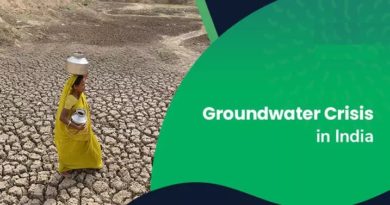Hindu Kush Himalayan region warming faster than global average
One of the world’s iciest regions is melting away in the face of climate change, according to a major new report compiled by hundreds of experts.
International Centre for Integrated Mountain Development (ICIMOD) – a regional intergovernmental body – released the assessment – ‘Hindu Kush Himalaya Assessment: Climate Change, Sustainability and People’ bit.ly/2DTuIGh. More than 300 researchers participated in the study who took over four years to bring out the first report.
While the global media’s attention is on the Greenland ice sheet, the Arctic and eastern Antarctica, a new report shows that the Himalaya will face disastrous consequences even if the world’s countries take immediate action to reduce carbon emissions.
Even if carbon emissions are dramatically and rapidly cut and succeed in limiting global warming to 1.5C, 36% of the glaciers along in the Hindu Kush and Himalaya range will have gone by 2100. If emissions are not cut, the loss soars to two-thirds, the report found.
The glaciers are a critical water store for the 250 million people who live in the Hindu Kush-Himalaya (HKH) region, and 1.65 billion people rely on the great rivers that flow from the peaks into India, Pakistan, China and other nations.
In Hindu Kush Himalaya, some places are likely to be more affected than others. That’s because its river basins are fed by both glacial meltwater and rainfall from monsoons, and in some places the monsoons are the more important source. Some research has also suggested that climate change may actually lead to heavier monsoons, which could help offset some of the vanishing ice.
The new report highlights how vulnerable many mountain people are, with one-third living on less than $1.90 a day and far away from help if climate disaster strikes. Political tensions between neighbouring nations such as India and Pakistan could add to the difficulties.




